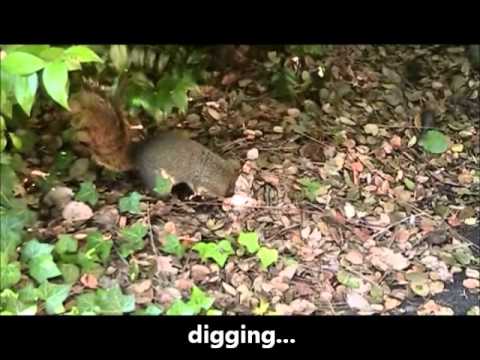We like squirrels so much we have one as our logo. So we were fascinated to learn that they store their winter hoard logically, using a technique called chunking, which is something we humans do.
Researchers at UC Berkeley observed the behavior of 45 nearby fox squirrels over a two-year period, finding that they use what’s known as a “chunking” behavior — organizing items into various smaller subsets in order to better manage the overall collection — to categorize their various nuts.
This is notable because humans also use chunking techniques, although generally for storing information, whether the data is of a spatial, linguistic, or mathematical variety. Taking your email, for example, and dividing the messages into various folders could be considered a form of chunking. More.
Science Abstract
Scatter-hoarding animals face the task of maximizing retrieval of their scattered food caches while minimizing loss to pilferers. This demand should select for mnemonics, such as chunking, i.e. a hierarchical cognitive representation that is known to improve recall. Spatial chunking, where caches with the same type of content are related to each other in physical location and memory, would be one such mechanism. Here we tested the hypothesis that scatter-hoarding eastern fox squirrels (Sciurus niger) are organizing their caches in spatial patterns consistent with a chunking strategy. We presented 45 individual wild fox squirrels with a series of 16 nuts of four different species, either in runs of four of the same species or 16 nuts offered in a pseudorandom order. Squirrels either collected each nut from a different location or collected all nuts from a single location; we then mapped their subsequent cache distributions using GPS. The chunking hypothesis predicted that squirrels would spatially organize caches by nut species, regardless of presentation order. Our results instead demonstrated that squirrels spatially chunked their caches by nut species but only when caching food that was foraged from a single location. This first demonstration of spatial chunking in a scatter hoarder underscores the cognitive demand of scatter hoarding.
